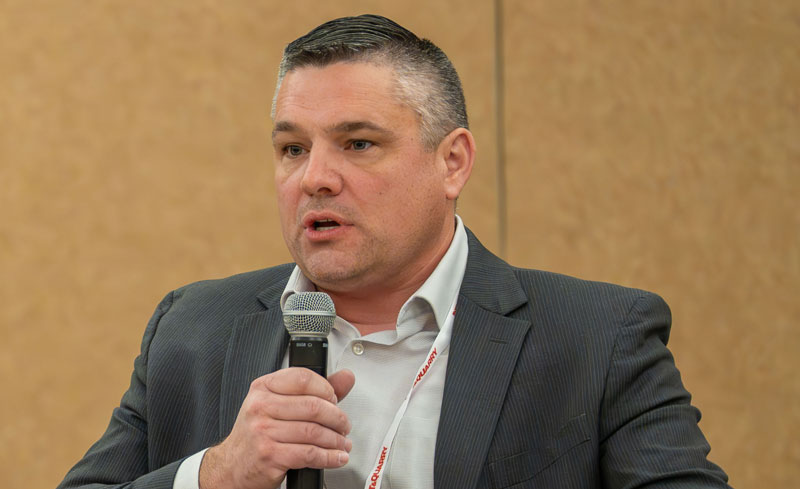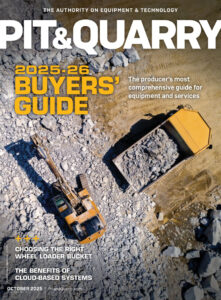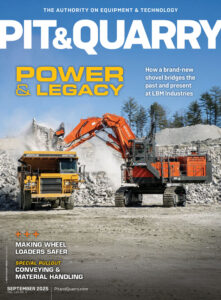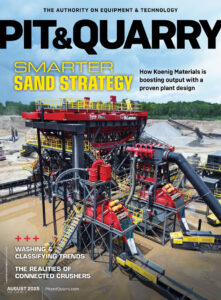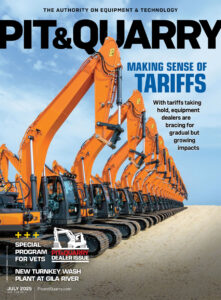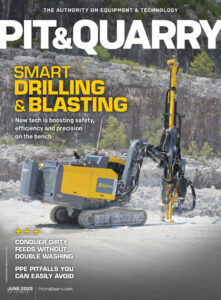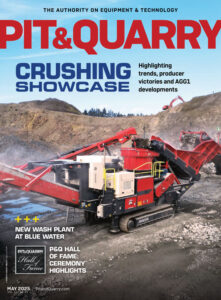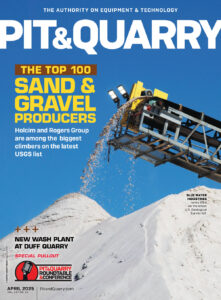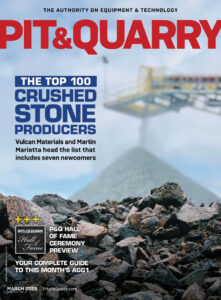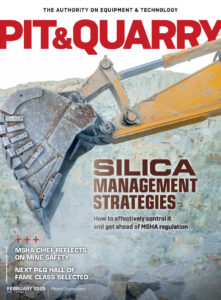Editor’s note: The following discussion, which took place at the 2025 Pit & Quarry Roundtable & Conference, occurred as event attendees were sharing their industry outlooks for the year. Hiring became a prominent talking point during this discussion, which was edited for brevity and clarity.
THOMAS HAUN (TURNER STAFFING GROUP): The U.S. Bureau of Labor Statistics puts out a survey annually in the fourth quarter. It looks at the entire U.S. workforce. If you look at 25- to 34-year-olds, their current average tenure is 2.7 years at their current company. That implies that 37 percent of them are leaving their current company every year.
We’re battling that. People aren’t just switching from working at manufacturer A to manufacturer B. They’re leaving industries. They’re leaving regions.
Also, when you look at the ways we’ve introduced people to our industry in the past, all the historical ways of doing it are lost. If we’re not getting our message where people are paying attention, we’re going to struggle introducing new people to the industry.
JAMIE JONES (CAPITAL AGGREGATES): I think we’ve done a poor job as a society pushing this industry. People don’t realize this is a great career path, and you can make a lot of money. Hiring has gotten better than it was a couple years ago in some of our areas. The quality isn’t always there, but we are seeing positive trends. I’m hoping we’ll start to see the effects of this in the next three to five years.
MARYANNE GRAVES (JOHN DEERE): We’re seeing the pendulum shift back toward vocational schools. We’ve been doing signing days at high schools. If someone is hired as a welder at John Deere, we’ll do a whole thing for it. We’re trying to get into the high schools more, bring them to the facilities, let them into our weld labs and do more co-ops.
JASON WADDELL (JONES BROS. CONTRACTORS): I also see the labor pendulum shifting. We’re able to find people again. What’s taking so much longer is onboarding, and then the patience level is increased exponentially. You have to be so much more patient.
PAT JACOMET (OHIO AGGREGATES & INDUSTRIAL MINERALS ASSOCIATION): We’ve been focusing on career centers [and] vocational centers because, in those cases, these are juniors and seniors in high school who have already decided they’re going to work for a living. That’s where the sweet spot is for us as an industry.
JONATHAN HART (WASHINGTON ROCK QUARRIES): There are a lot of things we know are coming, but we don’t know what shape they will take. Looking at automation, AI, tariffs and how these are going to affect things, we won’t know until they are more solidified. Until they take shape, we won’t know exactly what direction things will go.
While we might see a slight decrease in the labor market, we’re going to see some of that offset by the technology that will come forward. For a lot of us, to replace some of those people that we can’t fill positions for, they’ll be replaced by some sort of technology.

NICK SCHUR (SCHURCO SLURRY): As an equipment manufacturer operating in the U.S., our biggest concern is finding people.
Now, we have 18 machinists. Five years ago, we had 24 machinists.
We had 18 mechanics five years ago. Now we’re down to 11 mechanics.
We can’t even fill an apprenticeship program starting at $26 an hour in Florida for somebody to start. We just can’t find anybody interested.
So, trying to grow your business and keep it ‘made in the USA,’ so to speak, is my biggest challenge right now. We increased our wages 30 percent over the last five years just to keep our guys.
Our South African operations are completely different. We’ll run an ad for a machinist and, two days later, we have 50 people lined up at our back door. In the U.S., I run an ad for a machinist on several different platforms, and I have one application in three months.
In 10 years, how do we manufacture [in the U.S.]? Where do we find these people? I just don’t see it getting any better.
Related: Roundtable attendees talk MSHA inspections (Part 2)

